According to the American Iron and Steel Institute, the use of steel as a sustainable…
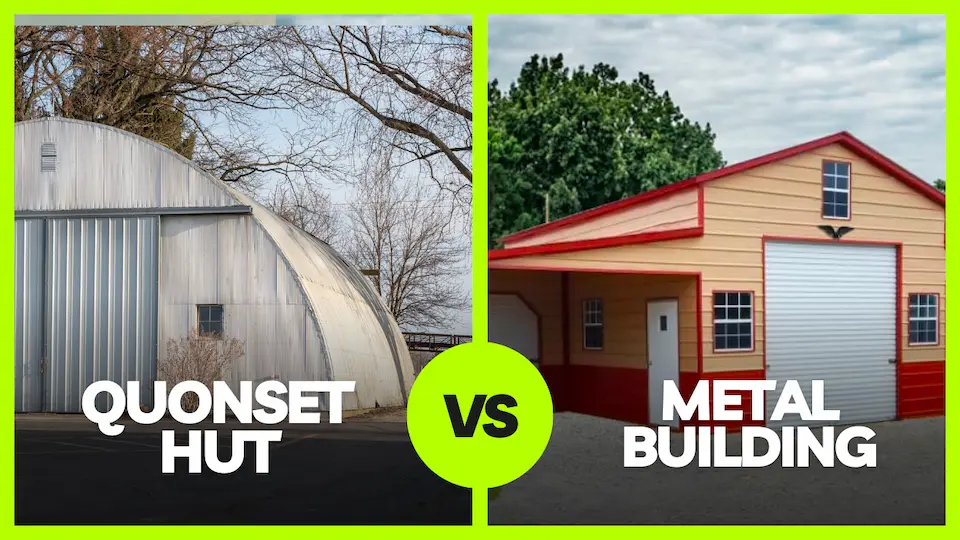
When it comes to choosing the right structure for your property, prefabricated steel buildings offer a durable and versatile solution. Among the various options available, two popular choices stand out: Quonset huts and traditional metal buildings. Each comes with its own set of advantages and considerations, making it essential to understand the key factors before making a decision on which is best for your property.
Our metal building experts from Metal Carports are delving into the world of prefabricated steel buildings and exploring the similarities and differences between quonset huts and traditional metal buildings. Together, we will navigate the nuances between Quonset huts and traditional metal buildings, equipping you with the knowledge necessary to choose the ideal structure for your metal carport needs.
Quonset Hut vs Metal Buildings: What's the Difference?
Quonset hut kits are recognized for their distinctive semicircular shape, a design that has its roots in military applications during World War II. These structures consist of arched steel panels that are joined together to form a durable and weather-resistant enclosure. Quonset huts are known for their quick assembly and affordability, making them a popular choice for a variety of applications.
On the other hand, traditional metal buildings, also known as rigid-frame buildings, feature a rectangular shape with straight walls and a pitched roof. These buildings offer a more conventional and versatile design that can be customized to suit various aesthetic and functional requirements. Traditional metal buildings are often preferred for larger applications such as warehouses, commercial buildings, garages, and industrial facilities.
While both Quonset huts and metal buildings offer numerous benefits, several factors differentiate them and influence their suitability for different projects.
These factors include:
- Cost
- Construction time
- Design adaptability
- Available space
- Insulation options
- Structural strength
Quonset Hut Features and Considerations
Quonset huts are iconic prefabricated steel structures with a unique semicircular shape.
Common Uses for Quonset Huts
Quonset huts have a versatile design that lends itself well to various applications.
Some of the common uses for Quonset huts include:
- Storage
- Workshops
- Agriculture and farming
- Retail spaces
- Emergency shelters
Factors to Consider When Choosing a Quonset Hut
Before selecting a Quonset hut as your building of choice, there are several factors to consider:
- Size and Space: Determine the size of the Quonset hut that will adequately accommodate your storage or functional requirements. Consider available space on your property and any limitations or zoning regulations that may impact the size and placement of the structure.
- Construction and Installation: Quonset huts are known for their easy assembly and installation. However, it's essential to consider factors such as site preparation, foundation requirements, and whether you will handle the installation yourself or hire professionals.
- Durability and Weather Resistance: Quonset huts are designed to withstand various weather conditions, including high winds, heavy snow loads, and even hurricanes. Ensure that the Quonset hut you choose meets your region's specific weather requirements.
- Insulation and Climate Control: If you plan to use the Quonset hut for activities that require temperature control or insulation, consider options for adding insulation, ventilation, or heating and cooling systems.
Design Options and Customization
Quonset huts offer some design options and customization possibilities, such as:
- Size and Shape Variations: Quonset huts are available in different sizes, allowing you to choose one that best fits your requirements. Additionally, you can select between full arch or modified arch designs, depending on the desired interior height and available space.
- Exterior Finishes: Quonset huts can be customized with various exterior finishes, such as painted steel, corrugated metal, or even cladding materials like wood or brick, to match your aesthetic preferences or blend with the surrounding structures.
- Doors and Windows: Quonset huts can be equipped with different door options, such as roll-up doors, sliding doors, or traditional entry doors. You can also add windows for natural light and ventilation.
- Interior Layout: Quonset huts provide an open interior space, allowing you to configure the layout according to your needs. Whether you require separate rooms, partitions, or shelving systems, there is flexibility for customization.
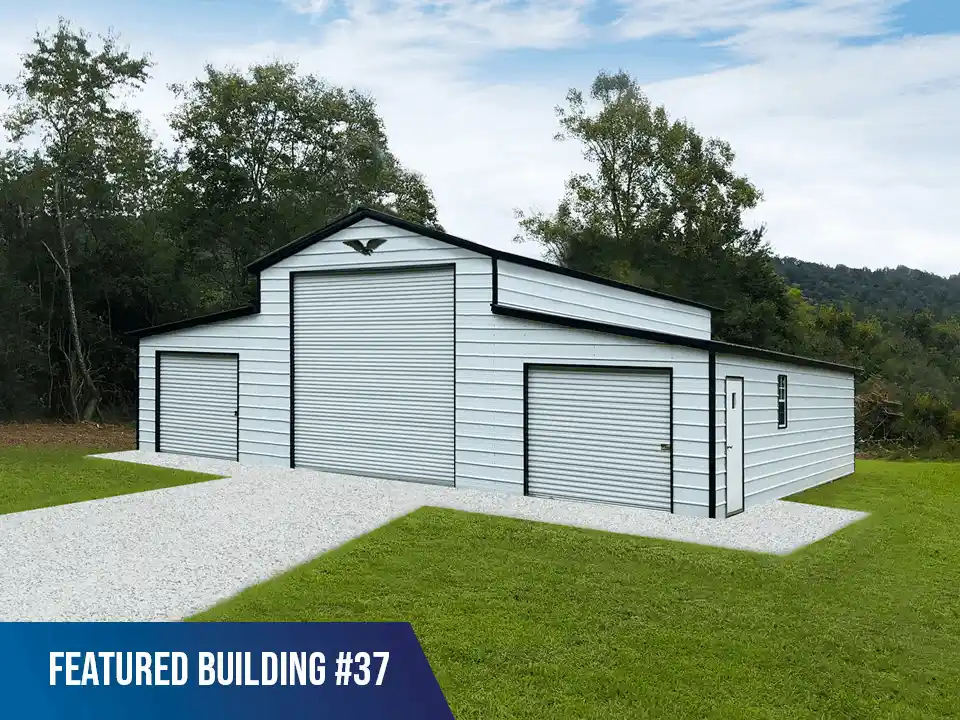
Metal Building Features and Considerations
Metal buildings are popular prefabricated steel structures that offer numerous advantages for a variety of applications.
Advantages of Metal Buildings
Metal buildings come with several advantages that make them a preferred choice for many individuals and businesses:
- Durability: Metal buildings can withstand harsh weather conditions, including high winds, heavy snow loads, and even earthquakes, providing reliable protection for your belongings.
- Versatility: Metal buildings can be designed and adapted to accommodate diverse needs, whether it's a warehouse, manufacturing facility, retail space, or office building.
- Cost-effectiveness: Metal buildings are often more cost-effective compared to traditional construction methods. They require less labor and construction time, resulting in reduced overall costs.
- Low Maintenance: Steel structures are relatively low maintenance, requiring minimal upkeep over their lifespan. They are resistant to rot, pests, and fire, reducing the need for frequent repairs or replacements.
- Sustainability: Metal buildings are considered environmentally friendly as steel is a recyclable material. They can also be designed to incorporate energy-efficient features, such as insulation, natural lighting, and solar panels, reducing energy consumption.
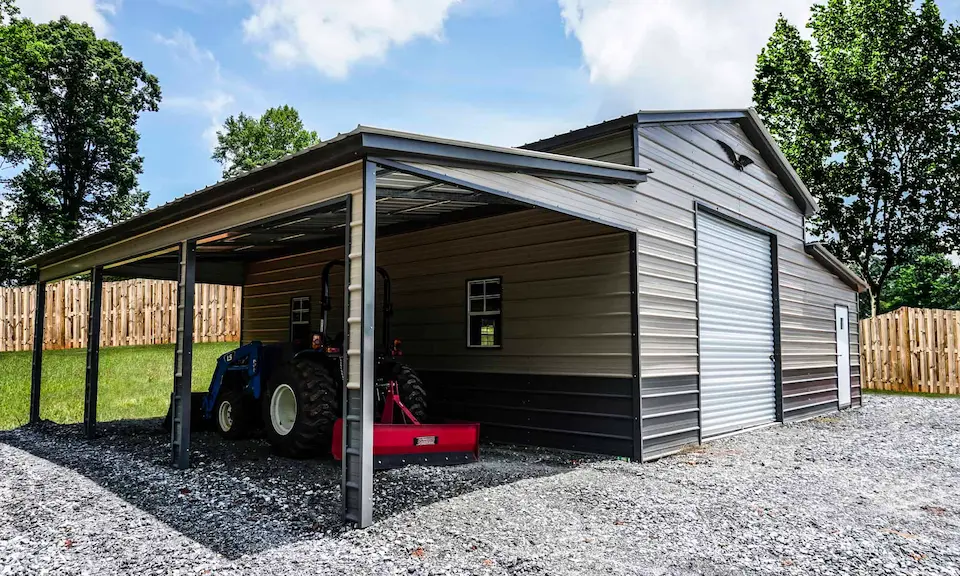
Common Uses for Metal Buildings
Metal buildings have a wide range of applications across various industries.
Some common uses include:
- Warehouses and Distribution Centers: Metal buildings are well-suited for storage facilities, warehouses, and distribution centers due to their large clear spans and ability to accommodate heavy loads.
- Commercial and Retail Spaces: Metal buildings can be customized to create attractive commercial and retail spaces, offering a modern and versatile design that can be adapted to specific branding and functional requirements.
- Agricultural Buildings: Metal buildings are commonly used for agricultural purposes, such as barns, equipment storage, livestock shelters, and riding arenas.
- Industrial Facilities: Metal buildings are ideal for industrial facilities, including manufacturing plants, workshops, and factories, due to their strength, flexibility, and ability to accommodate specialized equipment and machinery.
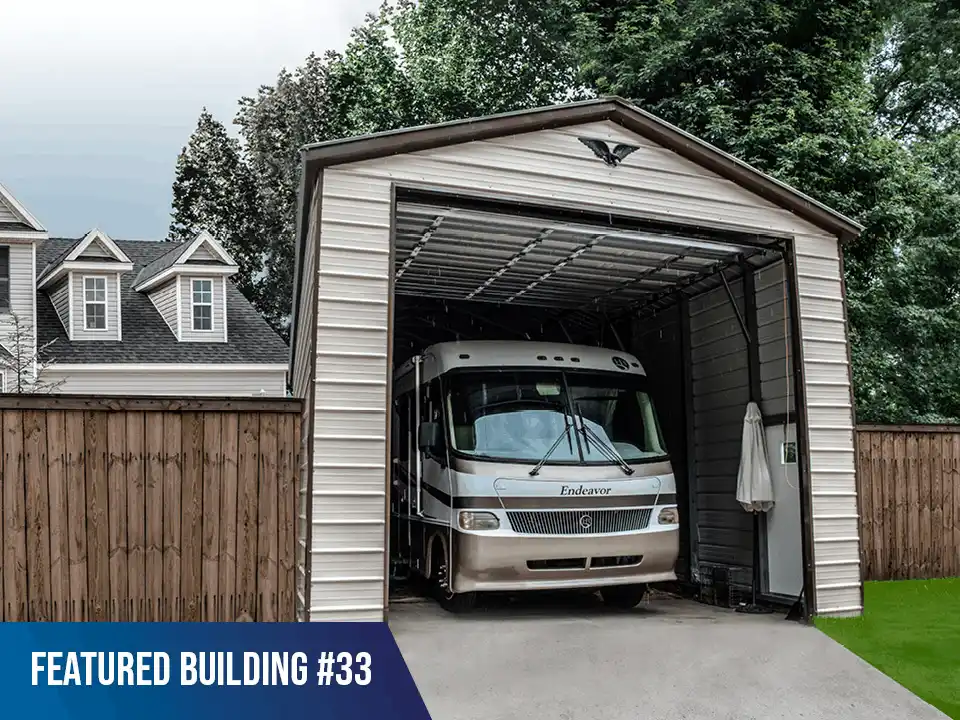
Factors to Consider When Choosing a Metal Building
Before selecting a metal building, consider the following factors:
- Size and Layout: Determine the required size and layout of the metal building to accommodate your specific needs. Consider factors such as available space, storage capacity, and future expansion possibilities.
- Building Codes and Regulations: Ensure compliance with local building codes and regulations, including zoning restrictions, permits, and structural requirements.
- Insulation and Climate Control: Depending on the intended use of the building, consider insulation options and climate control features to maintain comfortable temperatures and energy efficiency.
- Structural Integrity: Evaluate the structural design and engineering of the metal building to ensure it meets the required standards for load-bearing capacity, wind resistance, and seismic activity.
Design Options and Customization
Metal buildings offer a range of design options and customization possibilities, including:
- Roof Styles: Metal buildings can be designed with various roof styles, including gable, gambrel, or single slope, to achieve the desired aesthetic and functional requirements.
- Exterior Finishes: Choose from different exterior finishes, such as painted steel panels, metal cladding, brick, or stone veneer, to enhance the appearance and match the surrounding architecture.
- Doors and Windows: Customize the entry points of the metal building by selecting the type, size, and placement of doors and windows to optimize functionality and natural light.
- Interior Layout: Configure the interior space of the metal building based on your specific requirements, whether it's open floor plans, separate rooms, mezzanine levels, or storage areas.
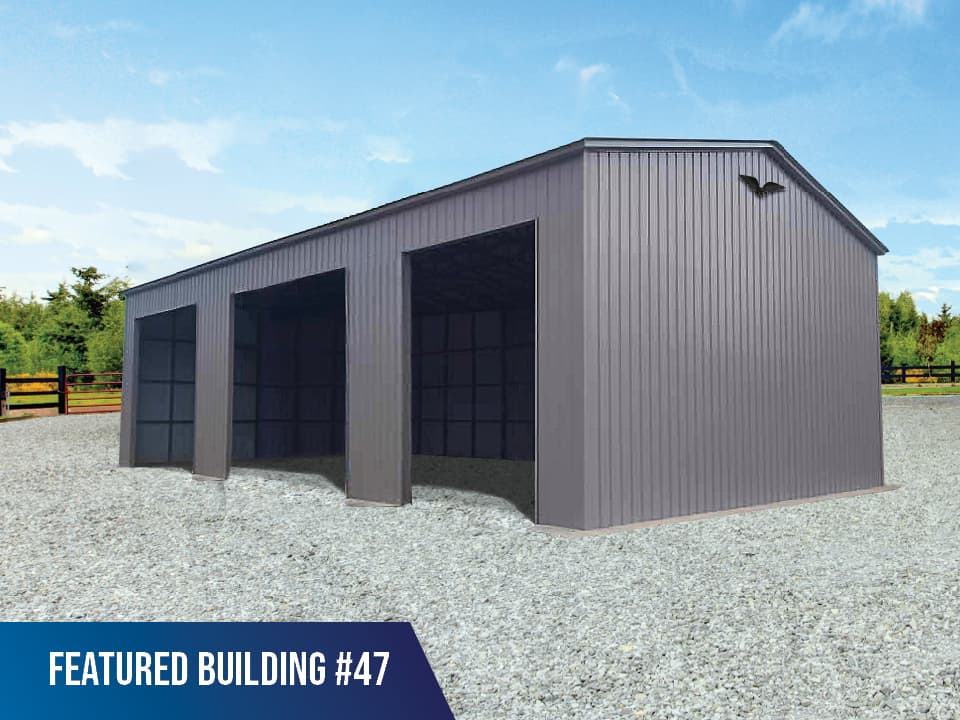
Cost Comparison of Quonset Buildings vs Metal Buildings
While both Quonset buildings and traditional metal buildings offer durability and versatility, it's important to evaluate their cost-effectiveness.
Construction Costs
When it comes to construction costs, metal buildings have the edge over Quonset hut prices. Metal buildings typically involve a rigid-frame construction method, which offers more design flexibility and allows for greater customization options. While Quonset buildings have a simpler assembly process, their limited design options can result in higher construction costs when additional features or modifications are required.
Installation and Construction Process
A steel building often has a simpler and quicker installation process compared to Quonset buildings. With metal buildings, the rigid-frame construction method allows for efficient assembly, reducing labor costs and installation time. Quonset buildings, although known for their easy assembly, may require additional time and effort due to their curved design and specific assembly requirements. The faster installation of metal buildings can result in cost savings, particularly if you're hiring professional installers or contractors.
Building Codes and Permits
Metal buildings generally have an advantage when it comes to building codes and permits. They are designed to meet stringent building codes and regulations, ensuring compliance with local authorities. Steel building manufacturers often provide engineering plans and documentation, making it easier to obtain necessary permits. Quonset buildings may have limitations in terms of meeting specific building codes and may require additional modifications to meet local requirements, potentially leading to increased costs and delays.
Maintenance and Repair Costs
Metal buildings generally require less maintenance and repair over time compared to Quonset buildings. Metal is a highly durable material that resists rot, pests, and weather-related damages. Additionally, metal buildings often have longer warranties and better protection against structural issues. This means lower maintenance costs and fewer repair expenses in the long run, providing additional cost savings over the lifespan of the building.
Energy Efficiency
Metal buildings have the advantage of being energy-efficient, which can result in substantial long-term cost savings. They can be easily insulated, allowing for better temperature control and reducing energy consumption for heating and cooling. Quonset buildings, with their curved design, may have limited insulation options, potentially leading to higher energy costs for maintaining desired interior temperatures.
Customization and Design Options
Metal buildings provide extensive customization options to suit your specific needs and preferences. With metal buildings, you can choose from a variety of roof styles, exterior finishes, and interior layouts. This flexibility allows for the optimization of the building's functionality and aesthetics, catering to diverse applications such as retail spaces, offices, or warehouses. Quonset buildings, on the other hand, have a distinct semicircular shape that may limit design possibilities and customization options.
Resale Value
Metal buildings such as metal pole barns, carports, or garages tend to have a higher resale value compared to Quonset steel buildings. Their versatility and durability make them attractive to potential buyers, allowing for a wider range of potential applications. The customization options and adaptability of metal buildings make them a more desirable investment, potentially leading to a better return on investment in the future.
Accessories and Add-Ons
The steel building industry offers a wide range of accessories and add-ons, providing additional functionality and customization options. You can easily incorporate features such as doors, windows, ventilation systems, insulation, and mezzanine floors to suit your specific needs. Quonset hut homes may have fewer accessory options available due to their specific design, limiting customization possibilities and potentially resulting in higher costs for specialized add-ons.
Are You In Need of A Metal Building? Contact The Professionals at Metal Carports Today
When considering the construction of a durable and versatile metal building, it's clear that metal buildings offer significant advantages over Quonset buildings. With their rigid-frame construction, weather resistance, and long-term durability, metal buildings provide a reliable and enduring solution for various applications.
If you find yourself in need of a metal building, whether it's for storage, a workshop, a commercial space, or any other purpose, it's essential to rely on the expertise of metal building professionals.
Contacting the professionals at Metal Carports today will ensure that you receive the highest level of service and guidance throughout the process– get started by calling us at 877-517-4422 or filling out our contact form below.
"*" indicates required fields


